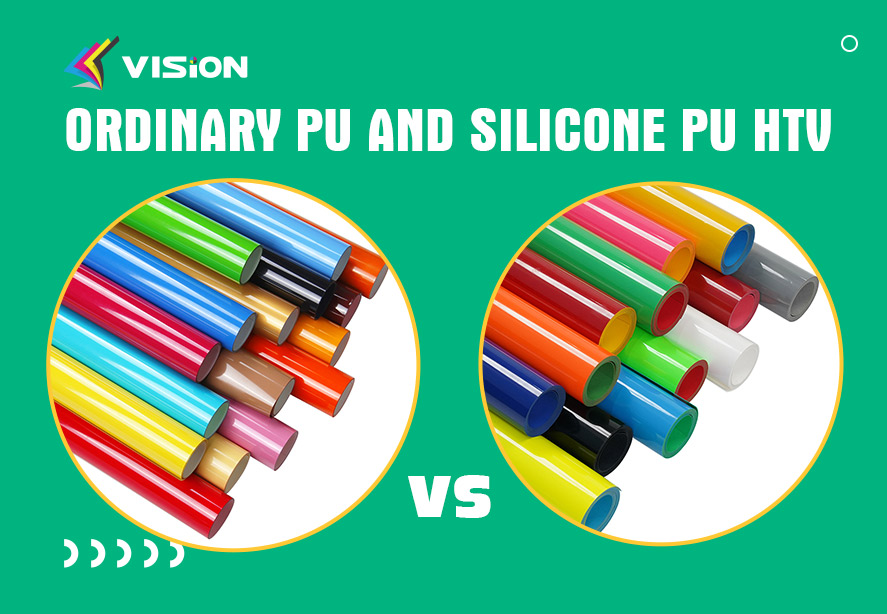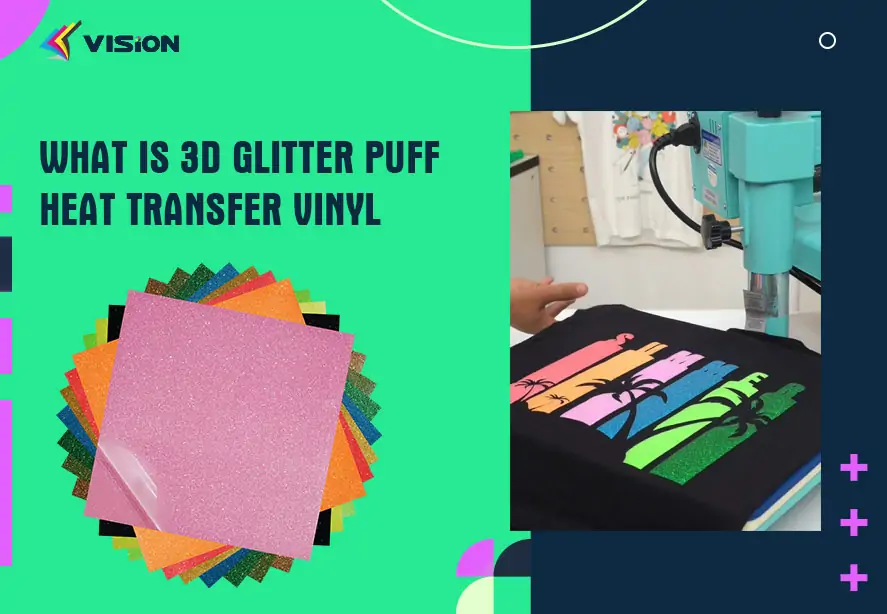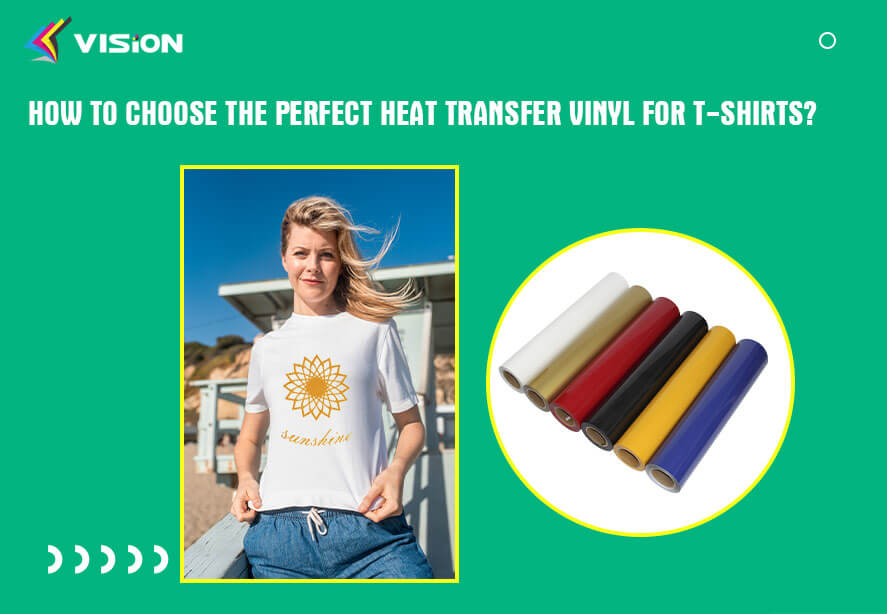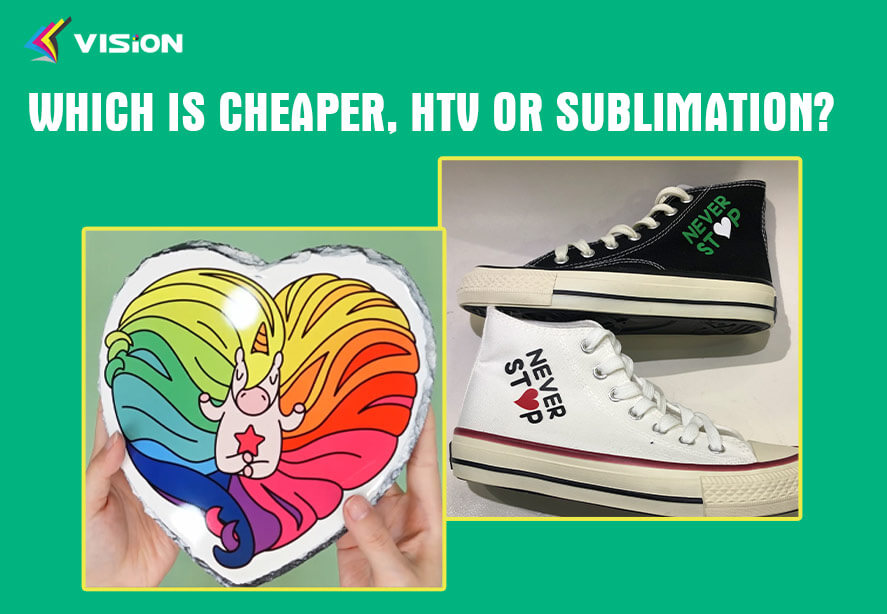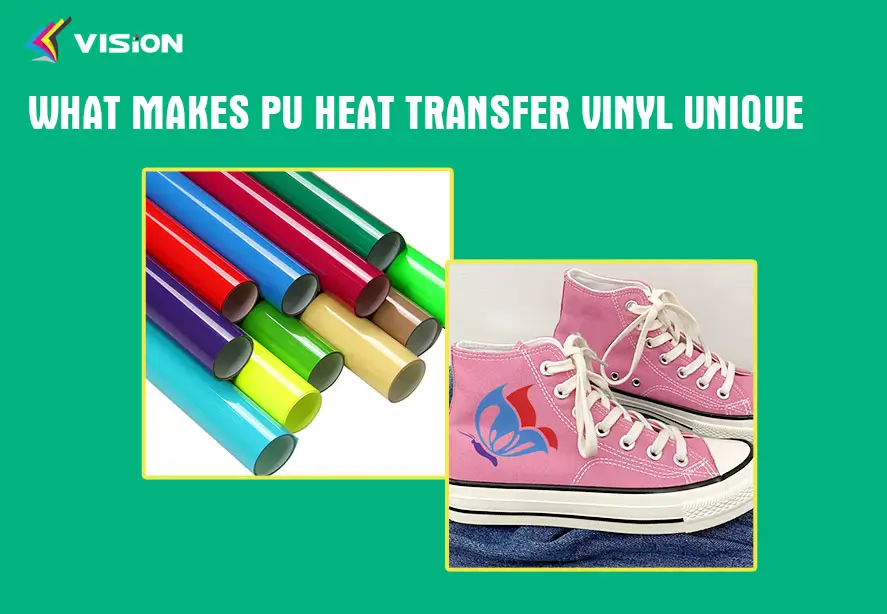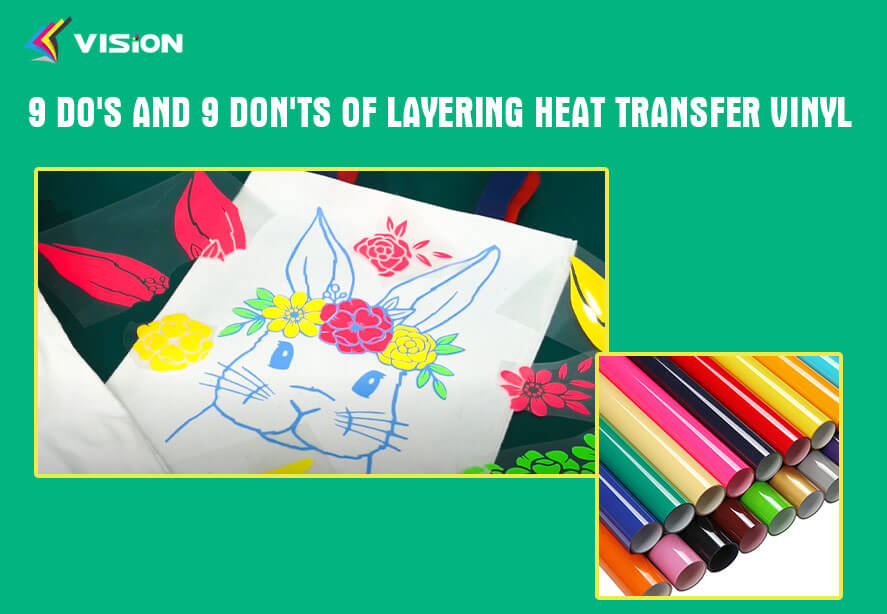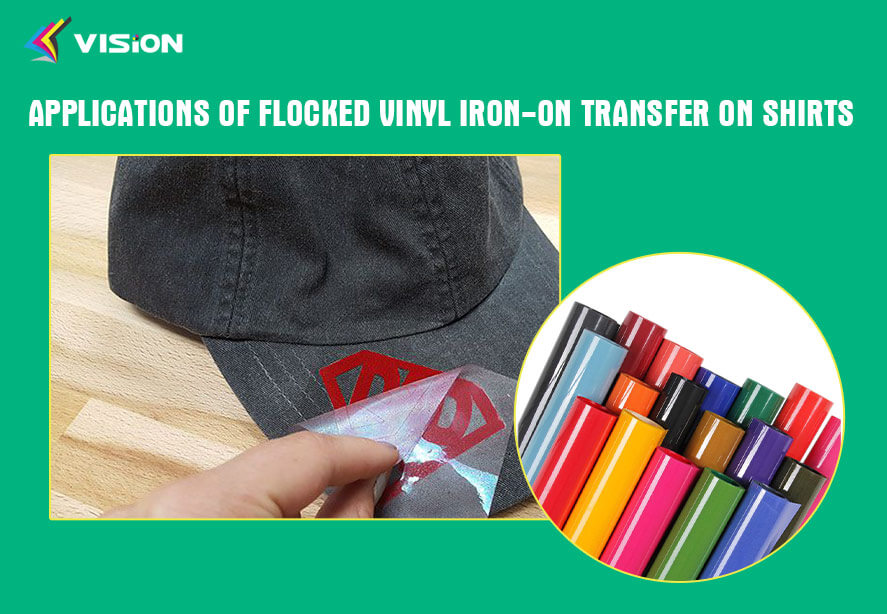Heat transfer vinyl is a popular method for adding designs and graphics to garments. When it comes to HTV, there are different options available, including ordinary PU and silicone PU HTV. Both types have their unique characteristics and printing effects. In this article, we will explore the similarities and differences between ordinary PU and silicone PU HTV, providing you with a comprehensive understanding of their distinct features.
Similarities between Ordinary PU and Silicone PU HTV
Adhesive Backing: Both ordinary PU and silicone PU HTV come with adhesive backing, allowing them to adhere to various fabrics securely.
Cut and Weed: Both types of HTV are easy to cut and weed, making them suitable for use with vinyl cutters to create intricate designs.
Heat Application: Ordinary PU and silicone PU HTV require heat application to bond the design onto the garment. The heat activates the adhesive, ensuring a permanent bond.
Suitable Fabrics: Both ordinary PU and silicone PU HTV can be applied to fabrics such as cotton, uncoated polyester, and cotton/poly blends.
how to cut & use vision PU heat transfer vinyl with your cricut?
Differences between Ordinary PU and Silicone PU HTV
Finish: Ordinary PU HTV has a soft matte finish on the garment, providing a smooth appearance. On the other hand, silicone PU HTV is its ability to achieve a three-dimensional effect. This gives the printed design a raised appearance, adding depth and dimension to the design.
Stretch: Ordinary PU HTV has a soft stretch, allowing the design to move and flex with the fabric. Silicone PU HTV may not provide the same level of stretch as ordinary PU.
Double Color Effect: Silicone PU HTV also has the capability to achieve a double color effect, allowing for more creative and visually appealing designs.
Embossing Effect: By working in conjunction with an embossing machine, silicone PU HTV can achieve an embossing effect on the fabric, adding a unique and textured look to the design.
Small Batch Three-Dimensional Logo: Silicone PU HTV is particularly suitable for producing small batch three-dimensional logos, making it a preferred choice for certain branding and promotional applications.
Understanding these differences can help you determine which type of HTV is best suited for your specific design and application requirements. Whether you prefer the soft matte finish of ordinary PU HTV or the touch soft and three-dimensional effects of silicone PU HTV, both options offer unique and versatile printing effects for your heat transfer projects.
Related:
A brief introduction of PU heat transfer vinyl
Mastering Silicone Heat Transfer: Application Tips


